Science of Sunscreen
“Your sunscreen is the main course and not the dessert of the skincare routine.”- Dr. Nirupama Parwanda
Ladies and Gentlemen!
Most of us are habitual to sunscreen of our choice. But, are we aware of how it actually works? What is that thing making us safe from the UVA and UVB rays of that scorching heat and sun? How do they protect such harmful rays from entering our skin and cause damage?
Wait! Do you think that sunscreen is a product for the summertime only? Oh, well, you are not well-versed in what sunscreen does for you apart from saving you from summer sun rays! Before we get into how this sunscreen helps, let us learn the science and mechanism behind sunscreen.
How Does Sunscreen Work?
Sunscreens are of various types- they can be broadly categorized into two forms- organic and inorganic. Organic compounds in sunscreen can be octinoxate and oxybenzone that work like a sponge when it comes to protecting from UV rays of the sun. On the other hand, the inorganic compounds include zinc oxide or titanium oxide- they help in safeguarding the skin by forming a shield in order to reflect as well as scatter the UV radiations from the sun.
Understanding this concept, the beauty industry has come up with a broad-spectrum sunscreen that helps in absorbing and/ or reflecting UVB rays for the sun besides UVA. These rays cause early aging of the skin and hence the formation of wrinkles, fine lines, and other age-related issues.
So, it is always best to purchase a broad-spectrum sunscreen compared to any other regular sunscreen.
UVA Vs UVB Radiation, And How They Cause Skin Damage
Sunlight is composed of ultraviolet radiations (UV rays), and this has other various rays further. The most common ultraviolet radiations we are familiar with are UVA and UVB rays. Each of these rays can affect the skin in a diverse range of ways.
Ultraviolet radiation is a kind of electromagnetic radiation. These rays can be obtained or reviewed from both natural and artificial sources- sunlight, lasers, tanning beds, and black lights. The most significant source of UV radiation is the Sun. Wondering, how? It is actually the nuclear reaction that occurs at the sun’s core and those radiations travel to earth along with sun rays.
The UV rays are classified based on the wavelengths of each- UVA, UVB, and UVC. A being the longest wavelength, B being the medium wavelength, and C being the shortest wavelength.
UVA
UVA Radiations comprise a low energy level but they affect the inner cells present in the skin’s top layer as well as the dermis layer. UVA rays from the sun bring the immediate effect that can cause tanning & sunburn as short-term effects. The long-term effects of UVA include early again or premature aging, wrinkles formation, and probably cause skin cancers.
UVB
UVB rays are those medium-level energy-containing rays that affect the top layer of skin cells. The short terms effects include auburn, blistering, and delayed tanning. Additionally, the long-term effects include skin cancer and can even contribute to early or premature aging of the skin.
HEV Rays
HEV Rays are emitted from electronic gadgets! And, we are into gadgets now more than ever! Moreover, we are aware of the pandemic situation, and as it decreased our socializing outside, it increased our time on social media platforms. Thus, it means more screen time.
Besides people who sought comfort and entertainment, children were compelled to study for their courses via electronic gadgets- Mobiles, Tablets, or PCs! And, these systems emit High-End Visible Light that is harmful to our skin a lot more we can imagine! It is one of the causes of photoaging. Thus, in order to save your skin from the harmful effects, sunscreen can be at your rescue.
What Kind of Sunscreen is Best for me?

Before answering this question, ask yourself why do you think you need sunscreen? Do you only want to protect yourself from tanning?
Nowadays, the beauty and cosmetics market is flooded with sunscreen products that have 3 in 1 action. It works as a sunscreen, a moisturizer, and as an anti-aging cream. On top of these, some sunscreen is also effective in reflecting back HEV Rays and providing indoor protection. Thus, it is best for you to go for products that bring the best of all the worlds to your skin.
While choosing a sunscreen, you should first look for an organic one that contains key natural ingredients- it means natural ingredients that have natural SPF properties to protect your skin from the harmful sun rays. So, choose the correct ingredient and the perfect application method- spray or cream or lotion or gel!
Conclusion
Now, we know that sunscreen should not be limited to summertime. Instead, it is best for all seasons as well as indoors! The science behind sunscreen is quite vast and can also vary depending upon the type you chose- spray, gel, or lotion.
Some sunscreen helps in avoiding UV rays by absorbing the light and converting them into a beneficial compound or it helps in reflecting away the UV rays by forming a shield on the skin. Thus, what kind of sunscreen you choose depends on your need!
Make sunblock the secret of your skincare routine!



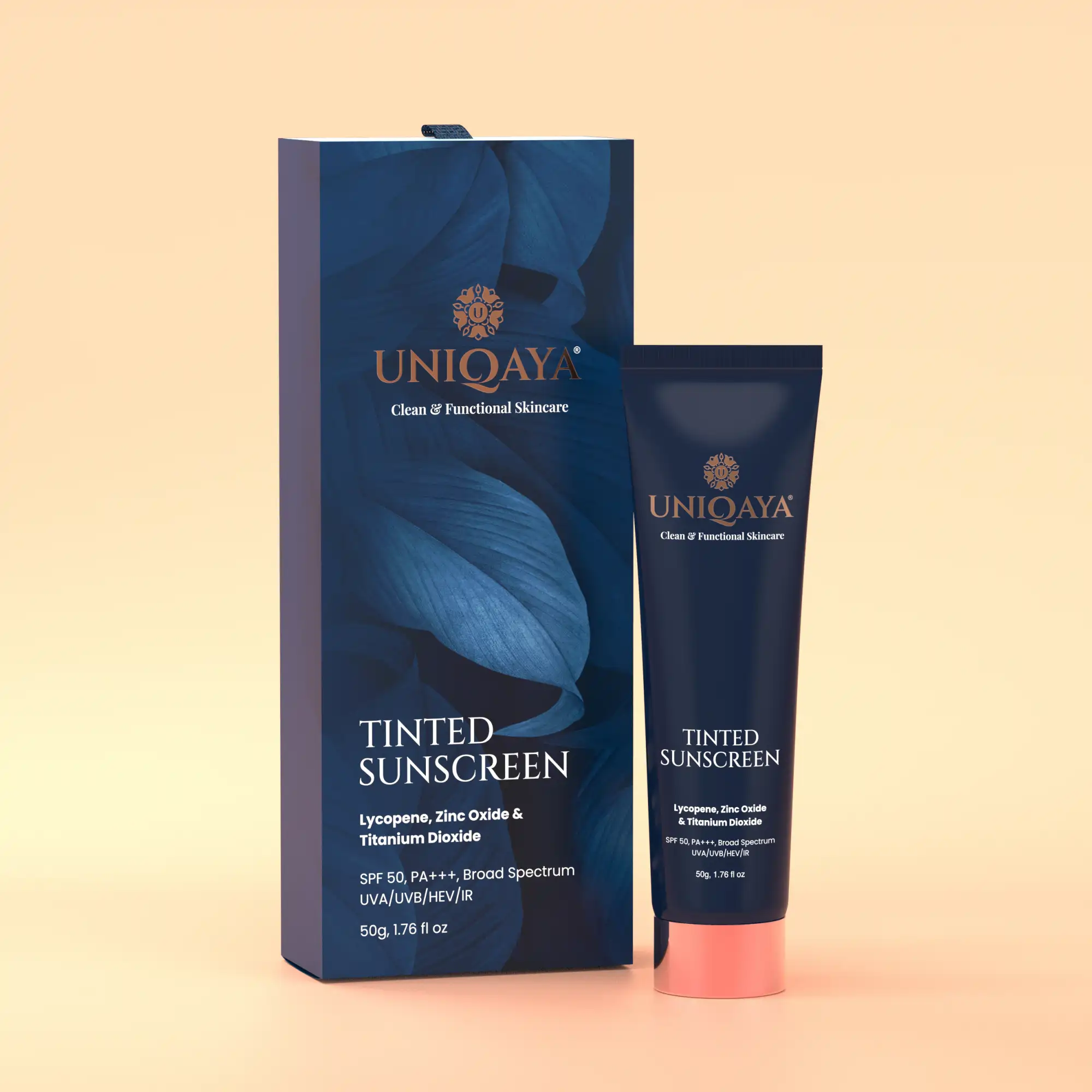
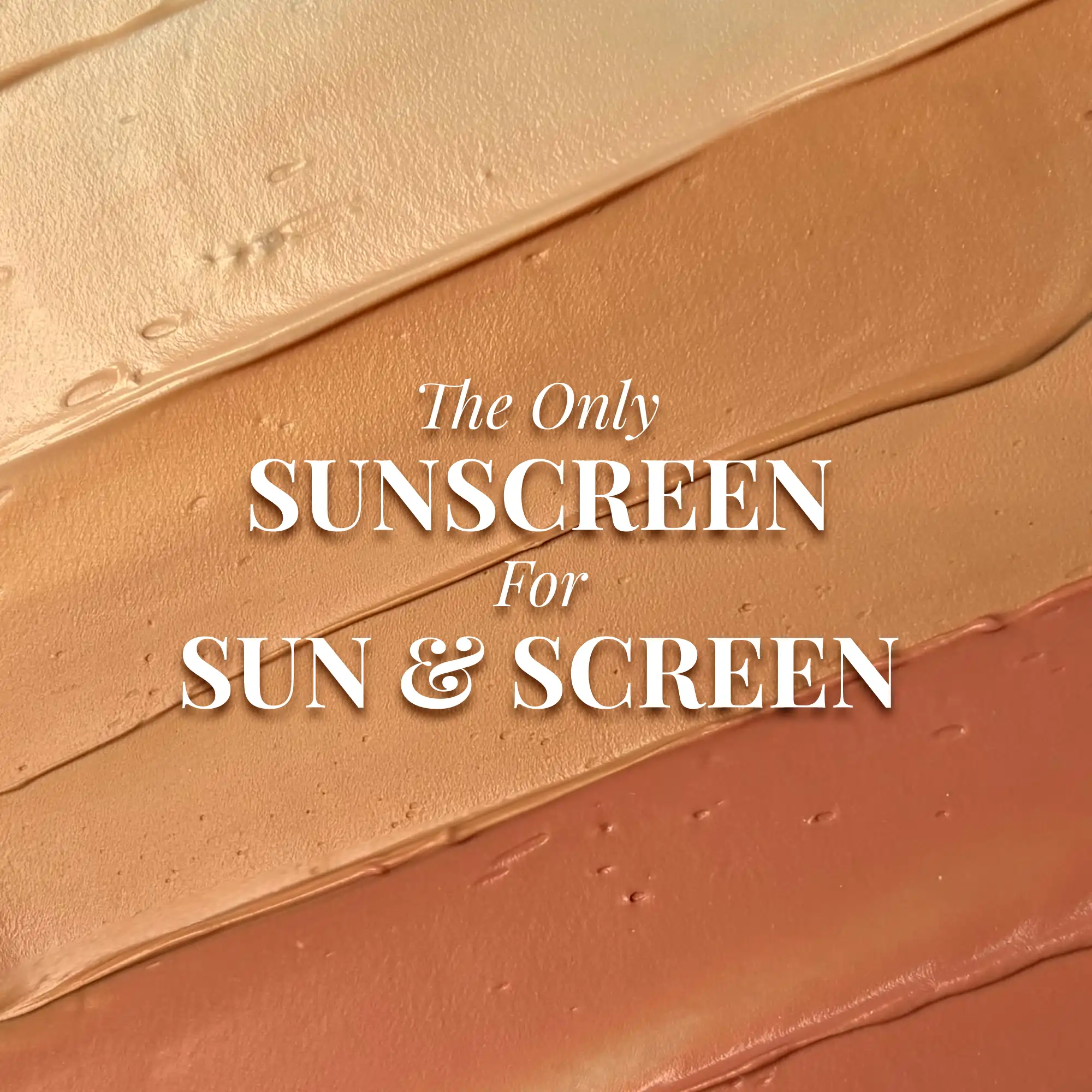
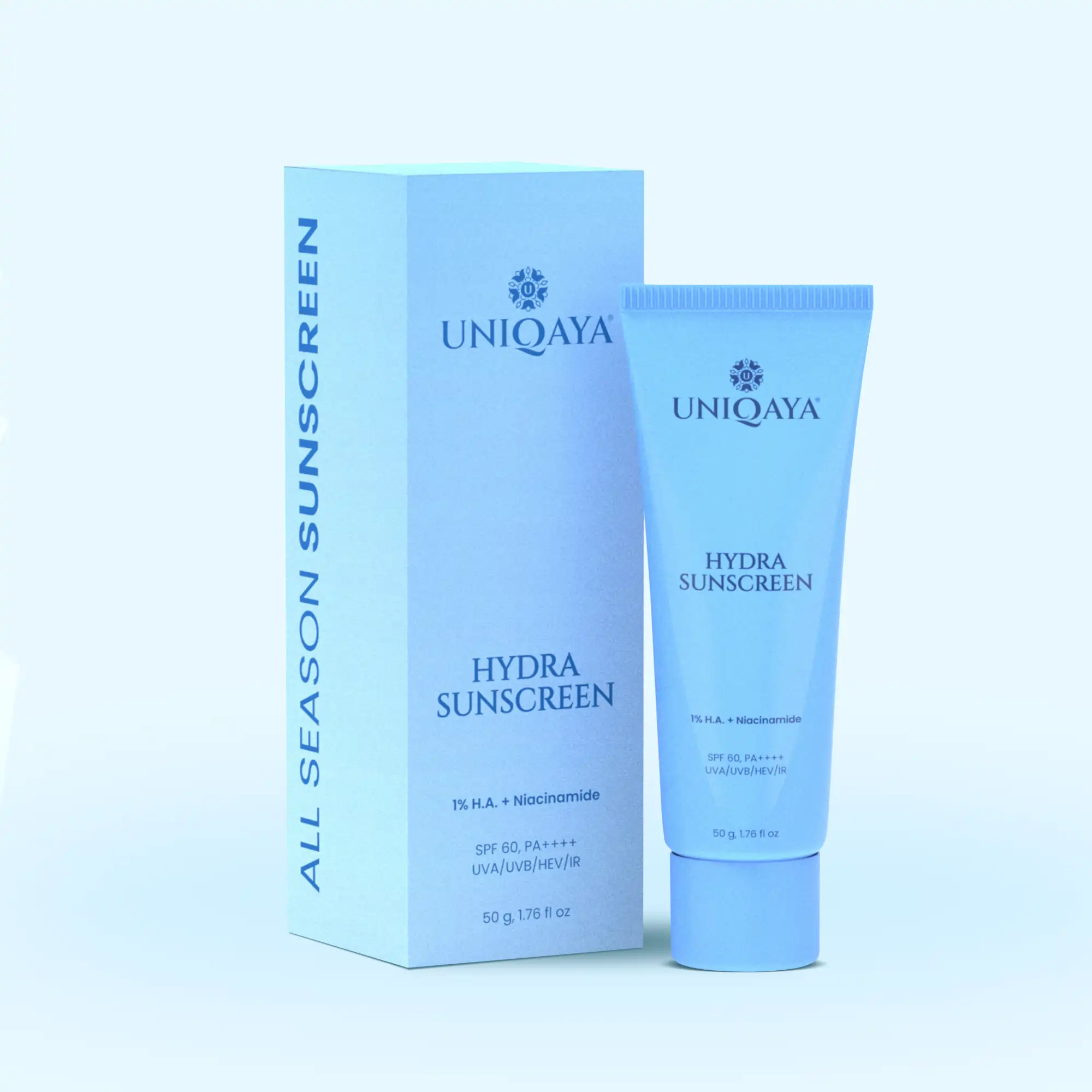
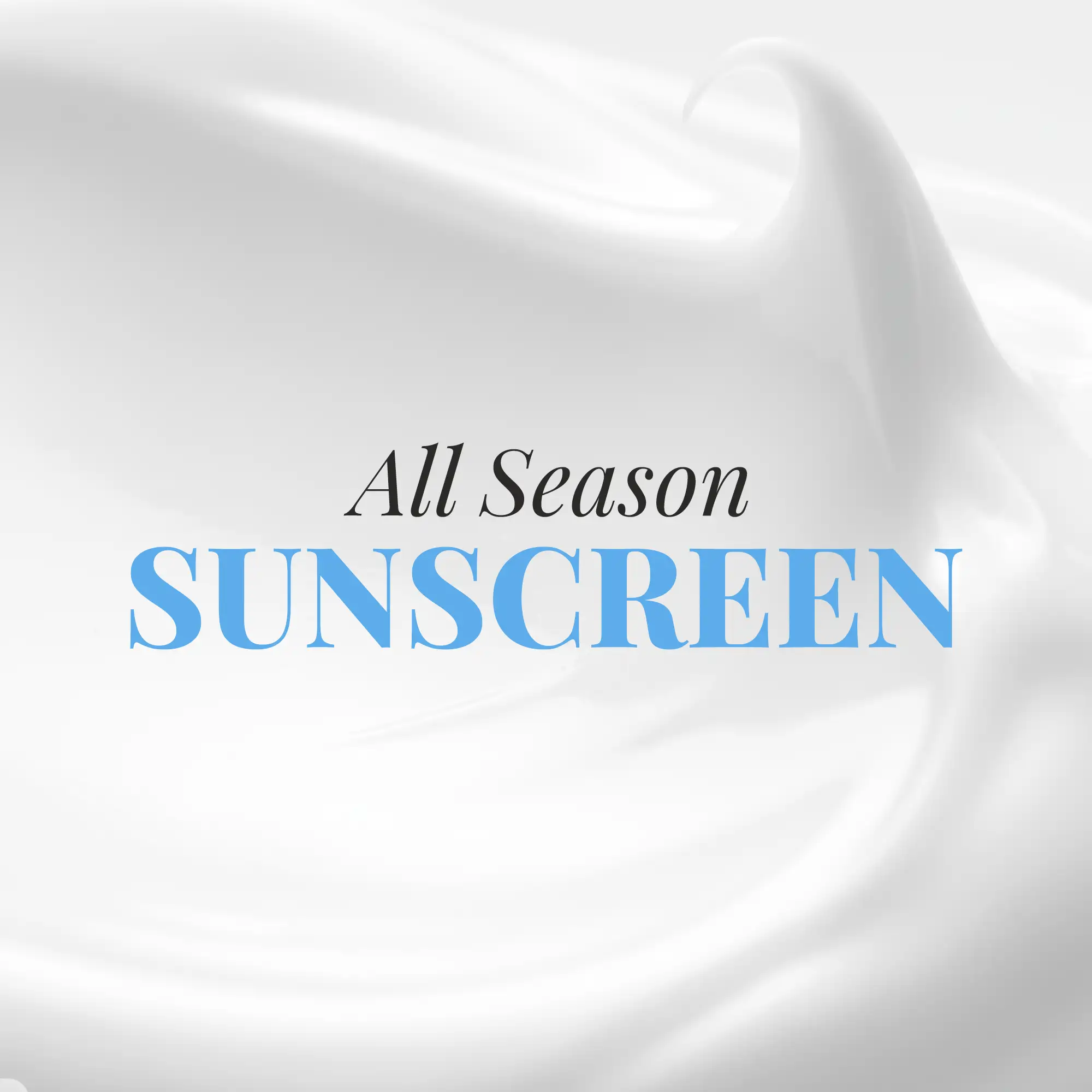
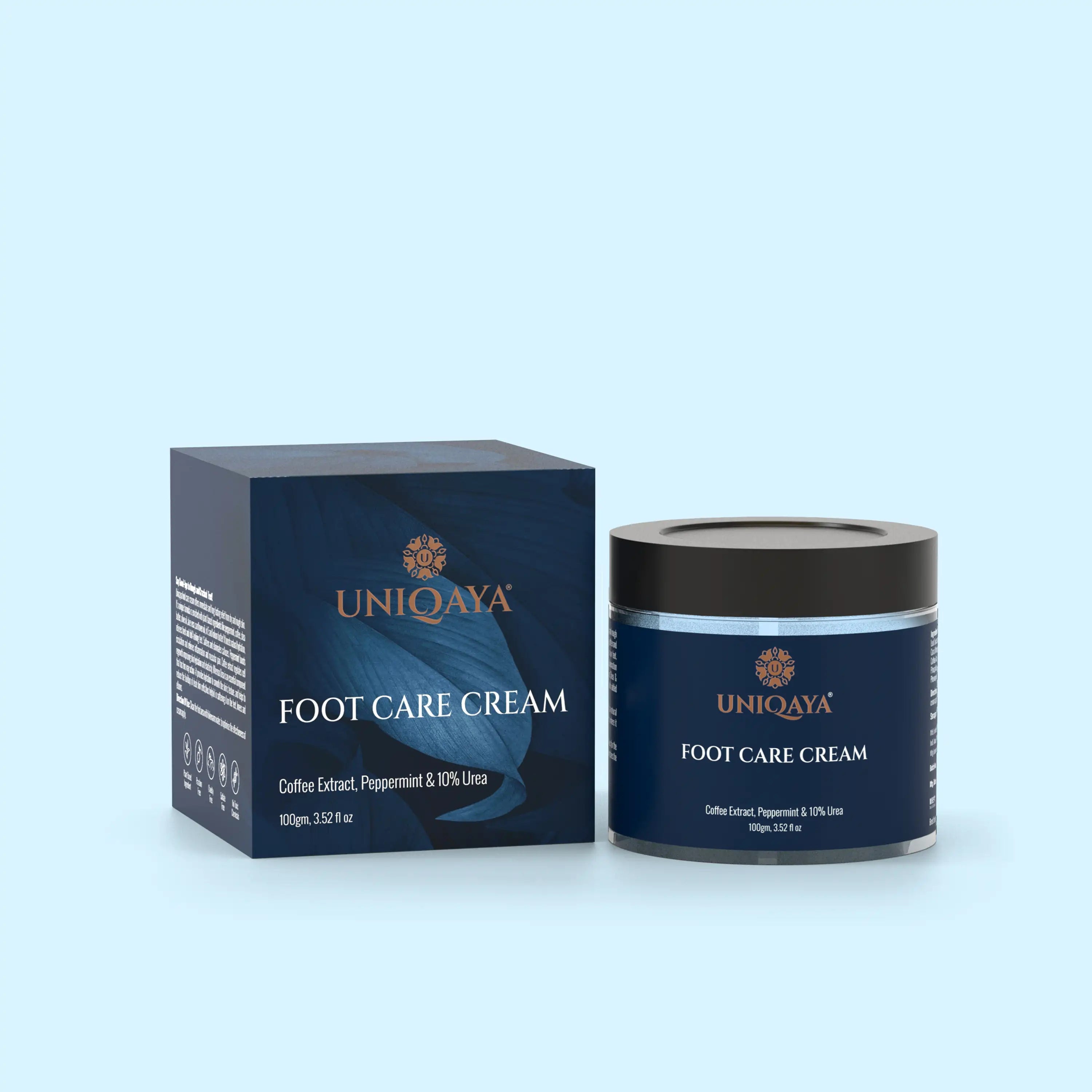
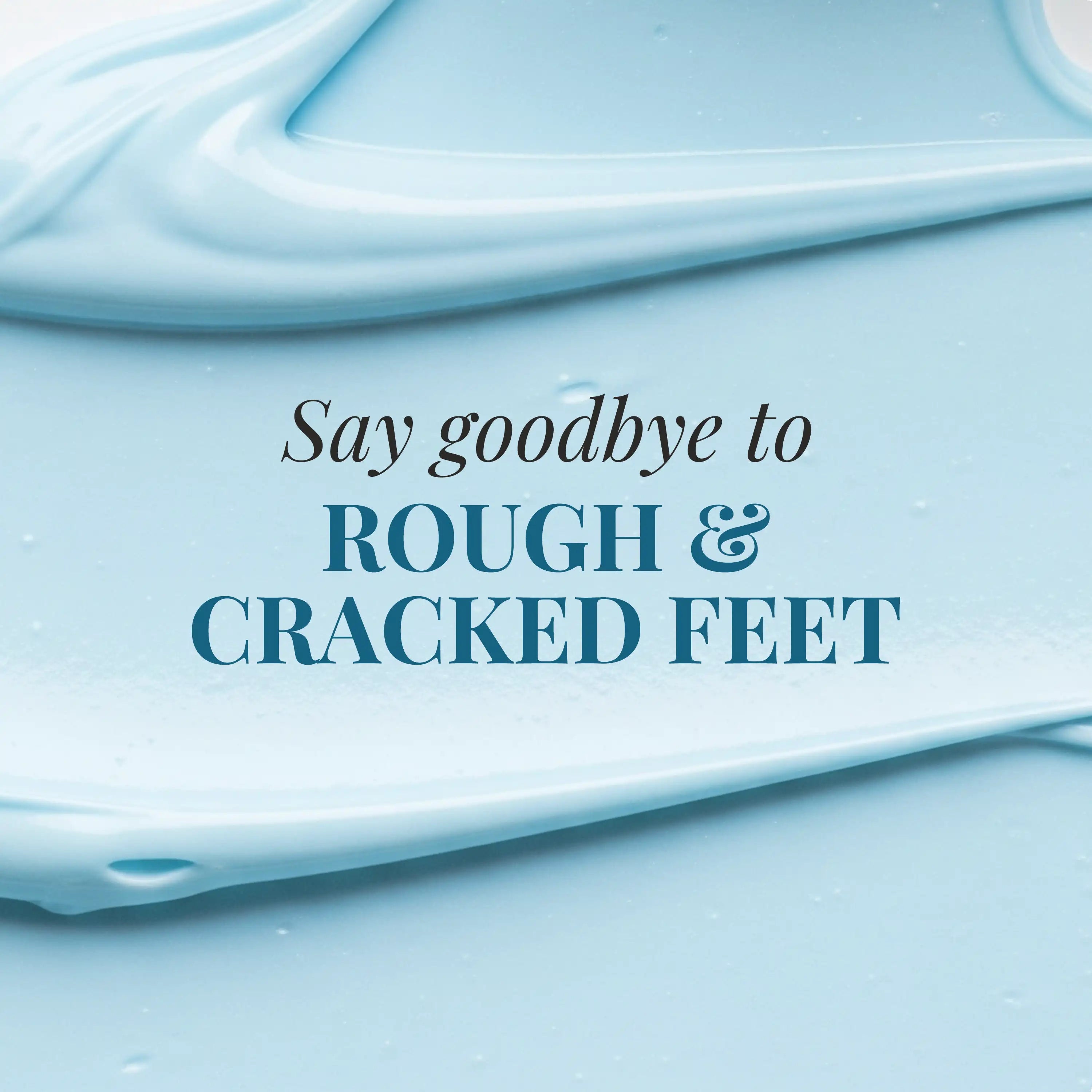
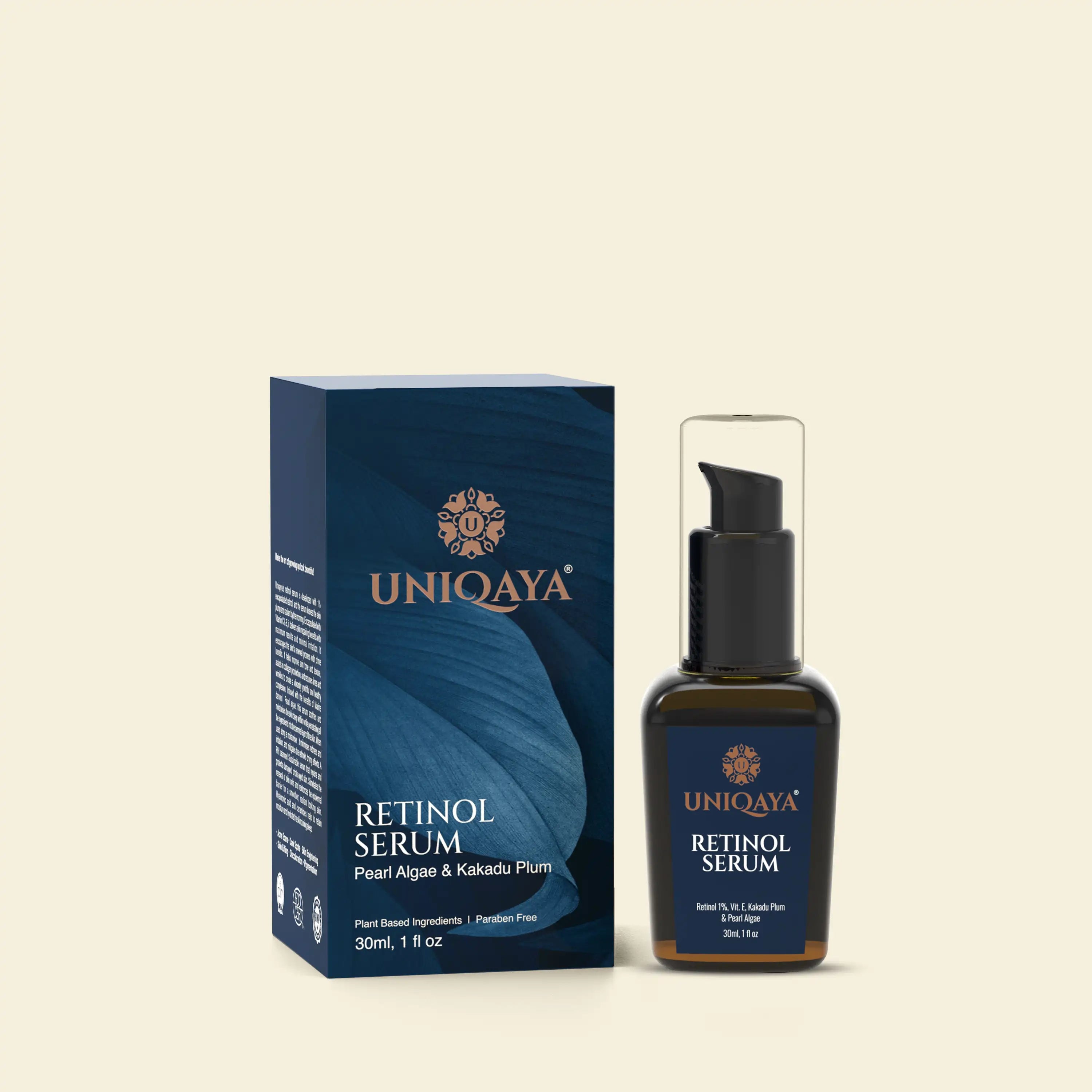
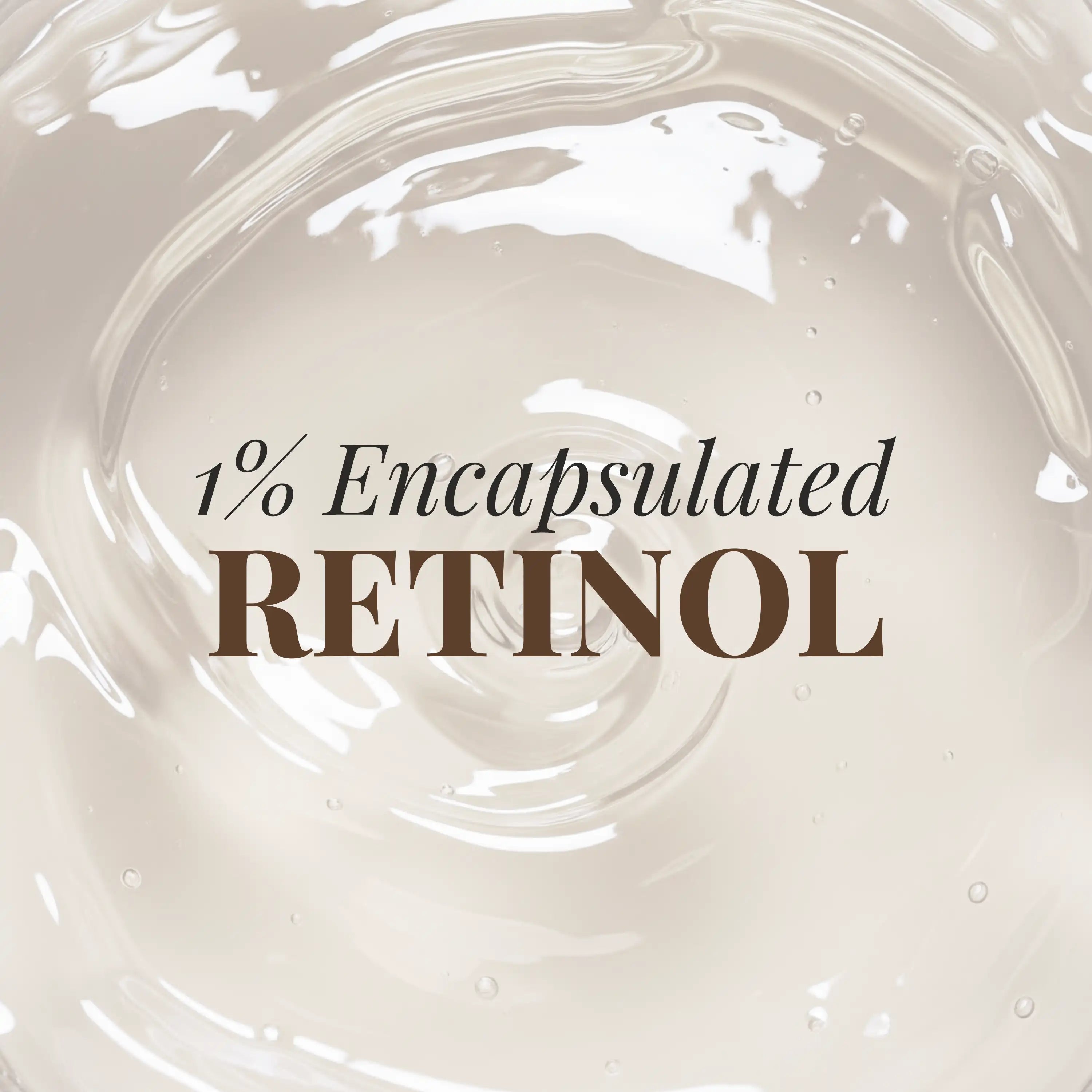
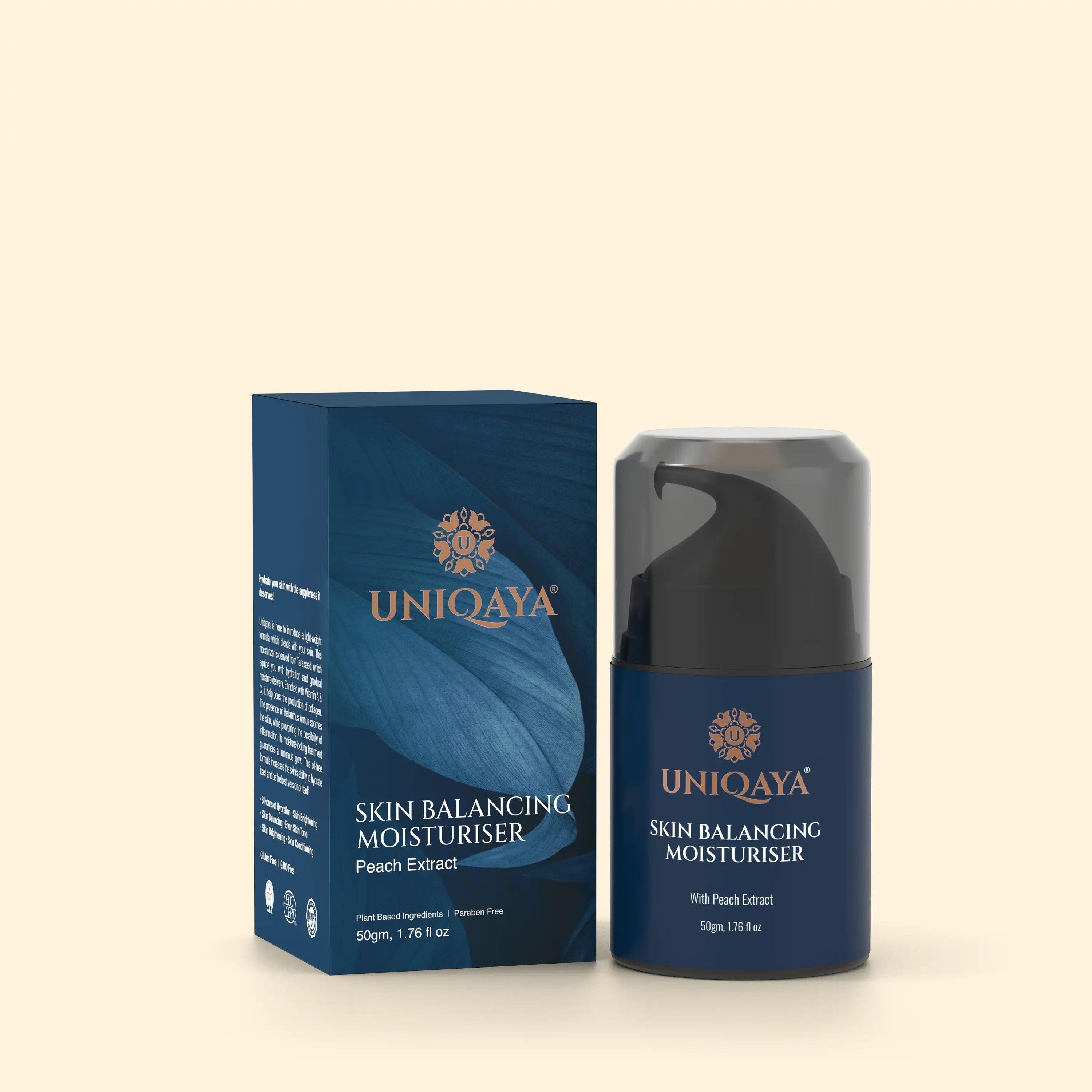
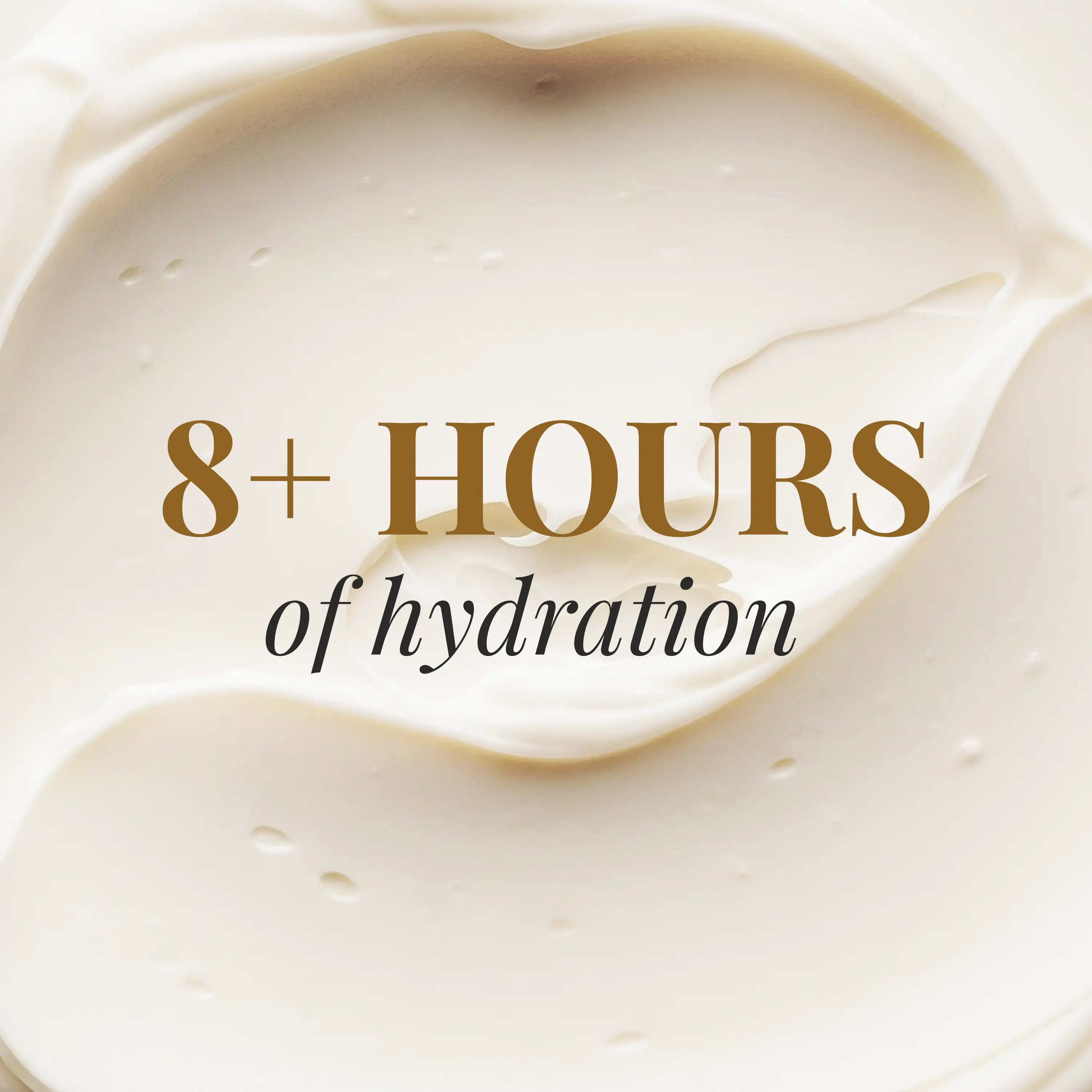
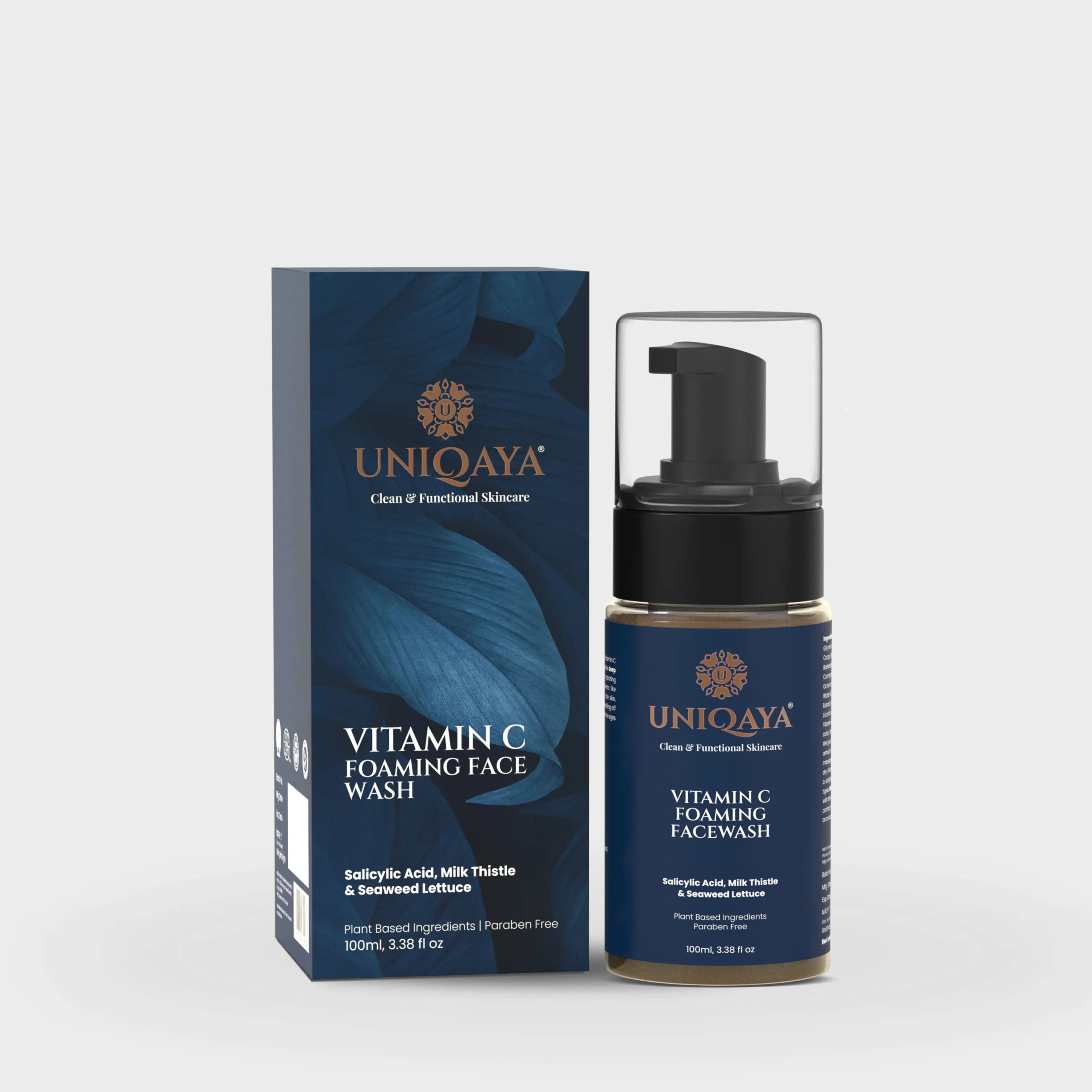
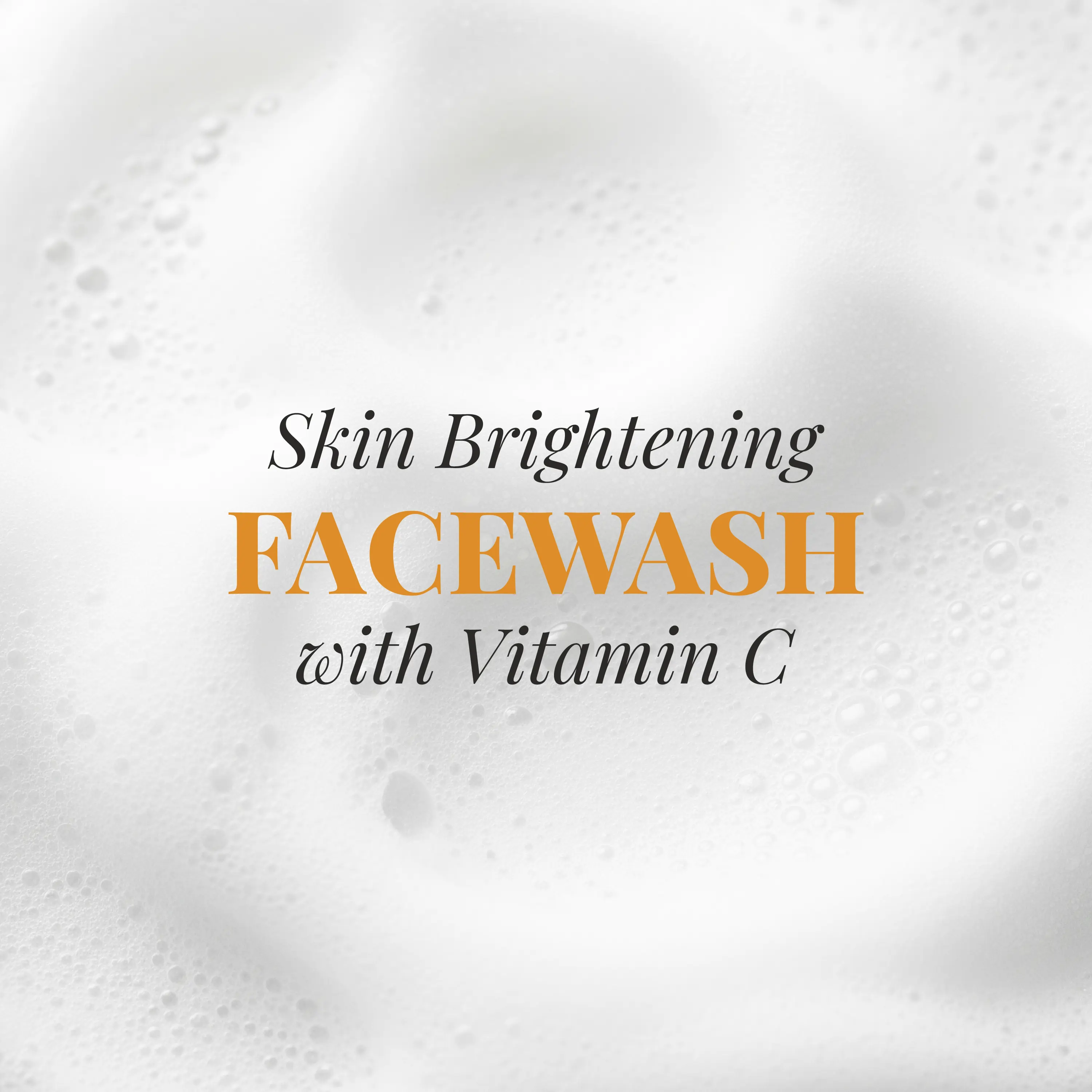
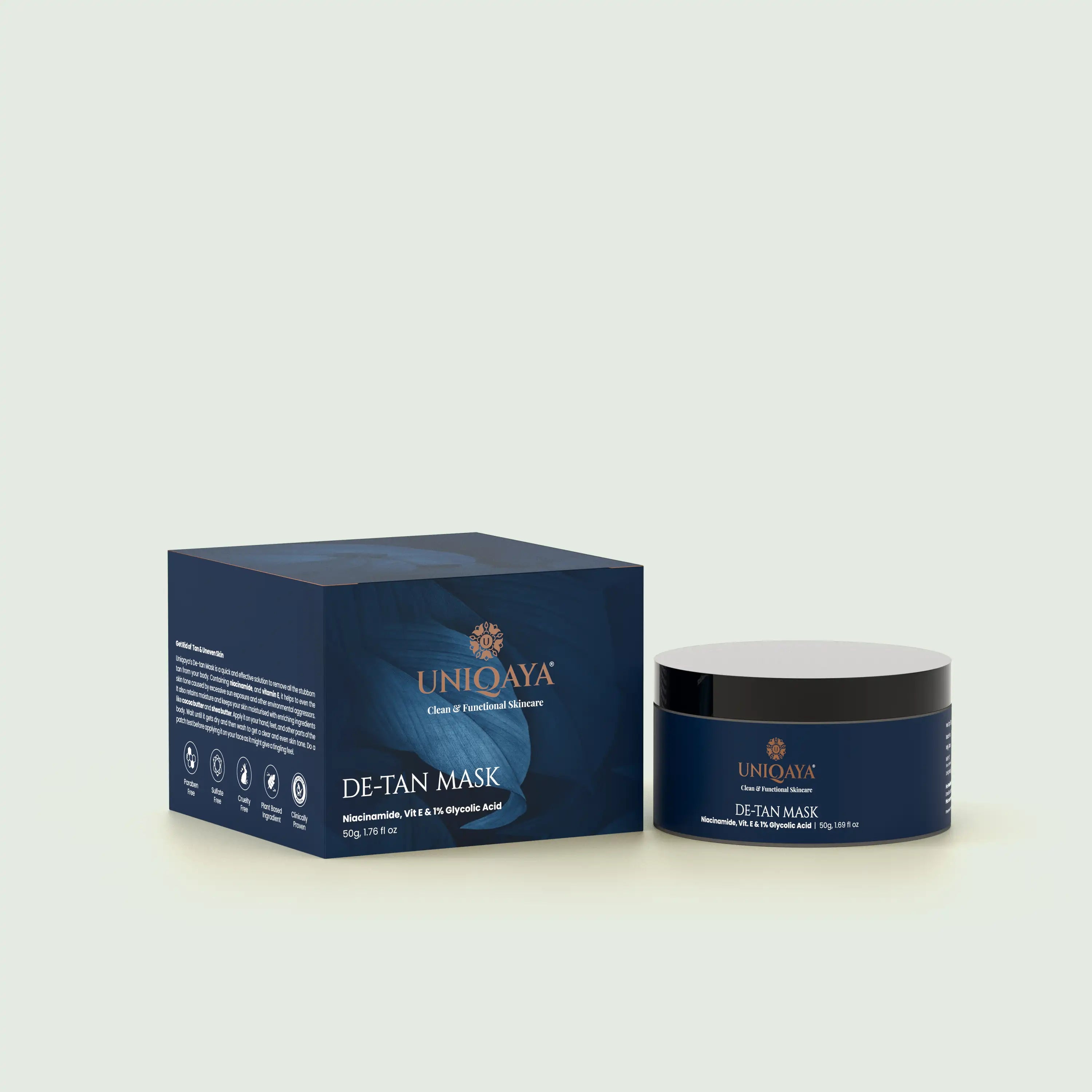
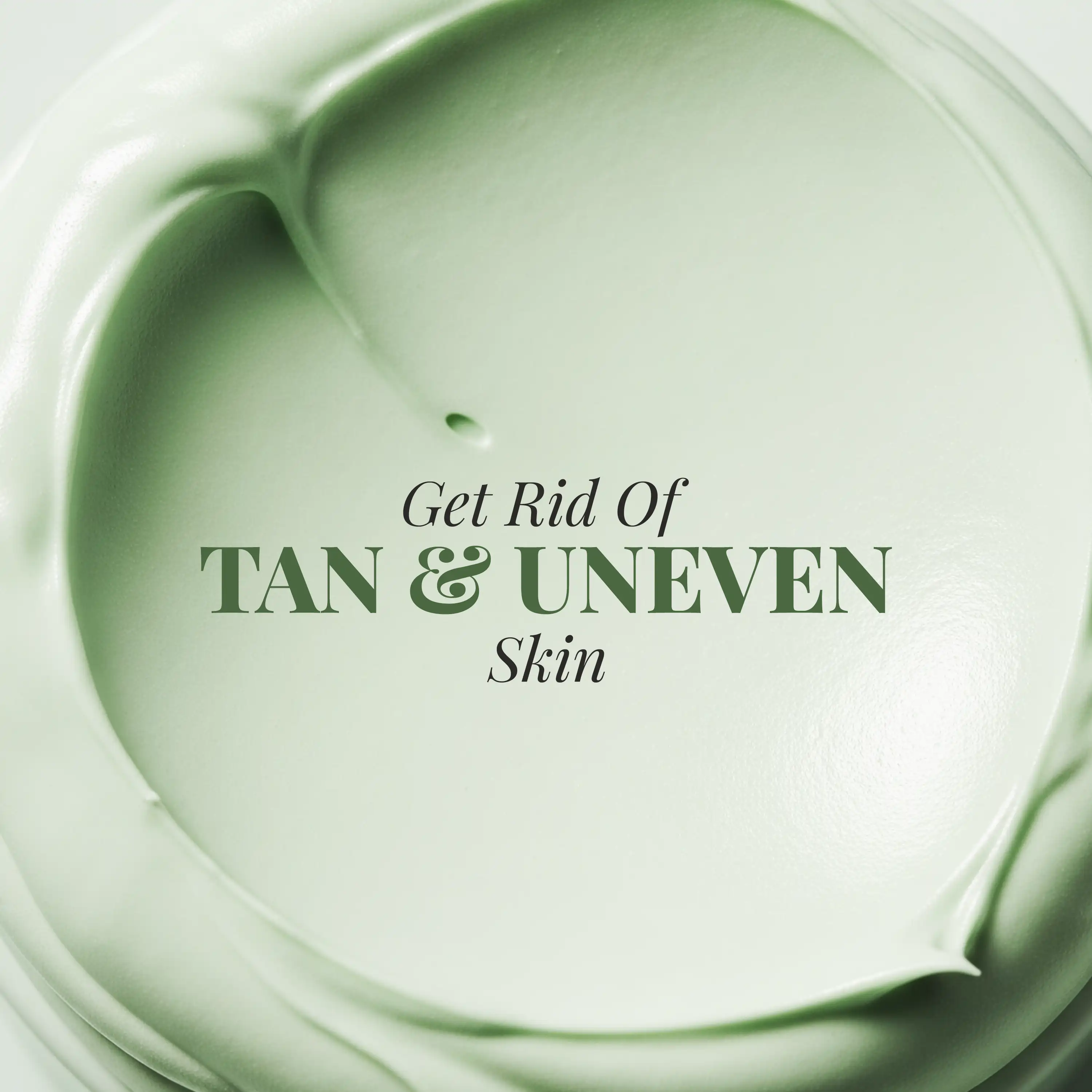
Leave a comment